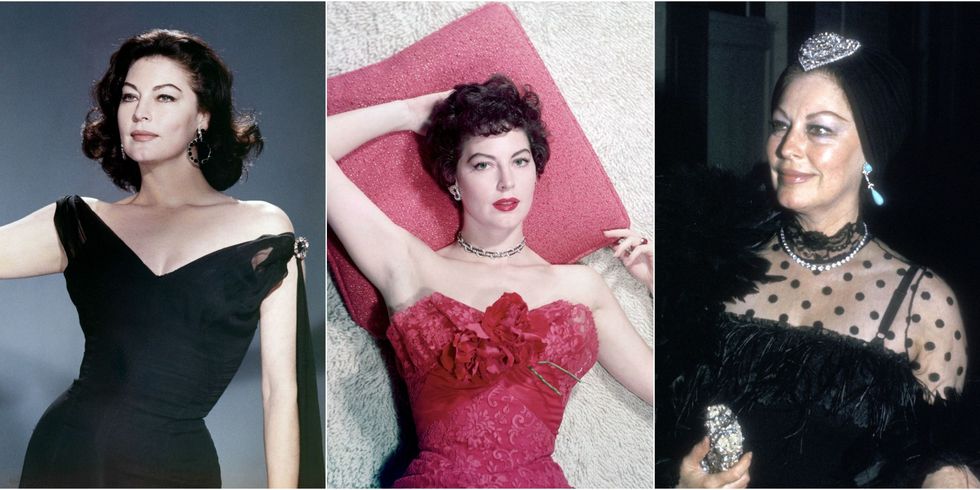Composition in landscape painting is important because it determines how the elements in the painting are arranged and how they relate to each other.
It helps to create a sense of balance, movement, and hierarchy within the painting. A well-composed landscape painting can lead the viewer's eye through the painting, guiding them to the focal point, and creating a sense of depth and perspective.
One of the key principles of composition in landscape painting is the use of the "Rule of Thirds." This principle states that if you divide the painting into thirds horizontally and vertically, the points where the lines intersect are the strongest points for the placement of the focal point or key elements in the painting.
By adhering to this rule, the artist can create a sense of balance and harmony in the painting.
Another important aspect of composition in landscape painting is the use of foreground, middle ground, and background.
This helps to create depth and perspective within the painting, making it feel more realistic and three-dimensional.
 |
The foreground elements should be larger and more detailed, while the middle and background elements should be less detailed and smaller in size. This creates a sense of distance and depth.
In addition, the use of colour and light also plays a crucial role in the composition of a landscape painting. The artist can use colour to create a sense of mood and atmosphere, while light can be used to create the illusion of depth, texture, and volume.

